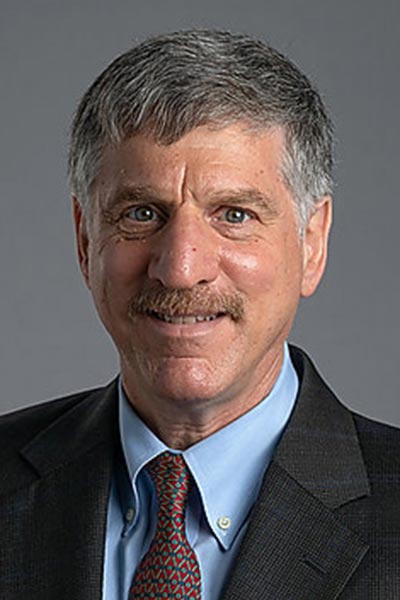Researchers and clinicians have developed multiple approaches to the treatment and prevention of osteoarthritis (OA). All have failed, possibly because they are based on an inaccurate model of the disease.

“All of our current therapeutic interventions stem from what we know of post-traumatic OA (PTOA),” said Joel Block, MD, the Willard L. Wood MD Professor and Director of Rheumatology, Rush University Medical Center. “The question is whether we are dealing with a different process in idiopathic OA. Data from unilateral hip OA tell us that aberrant loading is the first step in the progression to knee OA, leading to structural degeneration in the contralateral knee with radiographic and bone mineral density changes and somatosensory deficits. Only after all that does clinical OA have an onset. I can’t envision a long-term solution to OA that does not include fixing the aberrant load.”
Dr. Block described a biomechanistic and loading model of idiopathic OA during the Oscar S. Gluck, MD, Memorial Lecture on Sunday, November 13. These Bones are Made for Walking: Insights About OA Etiology from Gait and Sensation is available for on-demand viewing for registered ACR Convergence participants through October 31, 2023, on the virtual meeting website.
PTOA is an attractive model because non-PTOA develops over years and decades, making the etiology particularly difficult to tease out, Dr. Block said. PTOA develops more quickly with a more definable progression.
In both humans and animal models, trauma results in measurable structural derangement of the knee and other joints subject to OA, denervation, and inflammation that precede clinical PTOA. The conventional OA model presumes that all OA proceeds from similar processes, Dr. Block said. Therapeutic strategies involve controlling early inflammation and stabilizing joint structures. That these strategies have been uniformly unsuccessful suggests other factors are at work.
Bone density, shape, and function are affected by biomechanics, Dr. Block said. Bone alterations are central to OA, and all OA, regardless of the etiology, is characterized by pain and loss of articular function. OA may be accompanied by local inflammation, but it is not considered to be an inflammatory disease. He sees OA as a biomechanical disease.
Subchondral sclerosis is one of the cardinal radiographic manifestations of OA, Dr. Block continued. Microstructural analysis suggests that subchondral sclerosis results from aberrant mechanical loading of the joint. These anatomic changes are consistent with Wolff’s law, named for 19th century anatomist and surgeon Julius Wolff.
Wolff noted that bone responds over time to mechanical forces. Bone elements place—or displace—themselves in the direction of functional pressure. And because bone is amenable to longitudinal imaging, it may be possible to track progressive changes to bone that precede OA.
Long-term follow-up of 5,894 arthritis patients who received unilateral hip replacements found that OA patients who went on to require total knee replacement were more than twice as likely to have the contralateral knee replaced versus the ipsilateral knee, Dr. Block noted. The second joint replacement was random for rheumatoid arthritis (RA) patients, suggesting altered knee joint loading was a factor in OA but not in RA.
Gait studies in unilateral hip replacement patients before surgery showed the expected aberrant gait and loading forces to the contralateral knee, Dr. Block said. The asymmetrical load on the contralateral knee persisted long after total hip replacement, contributing to mechanical stress and the development of OA in the contralateral knee.
The same aberrant biomechanics contribute to changes in somatosensory input over years and decades, which can contribute to continuing abnormal loading of affected joints. Changes in proprioception over time affect gait, which can increase mechanical loading stresses to the affected joint, contributing to the development of OA. Nociception can also disrupt gait and further stress the affected joint, contributing to clinical OA.
“OA is a bone disease, and therapy requires an understanding of the effects of dynamic loading on bone,” Dr. Block said. “OA progression in lower extremities is mediated by aberrant biomechanical forces. The time from onset of aberrant loading to clinical OA in the unilateral hip model was often 10–15 years. Potential preventative strategies may need to focus on aberrant loading and may need to include somatosensory interventions.”

Registered ACR Convergence 2024 Participants:
Watch the Replay
Select ACR Convergence 2024 scientific sessions are available to registered participants for on-demand viewing through October 10, 2025. Log in to the meeting website to continue your ACR Convergence experience.
